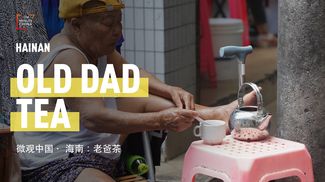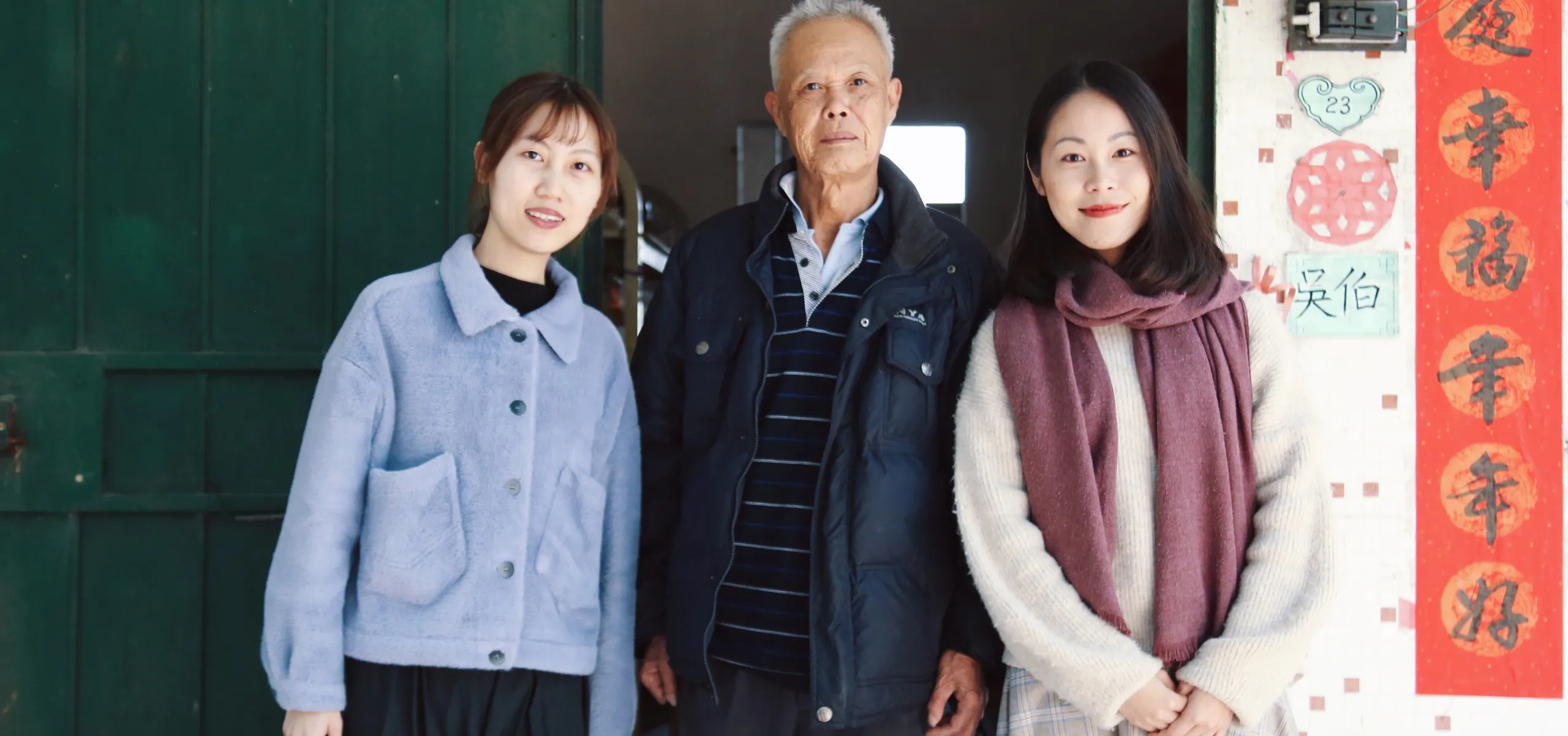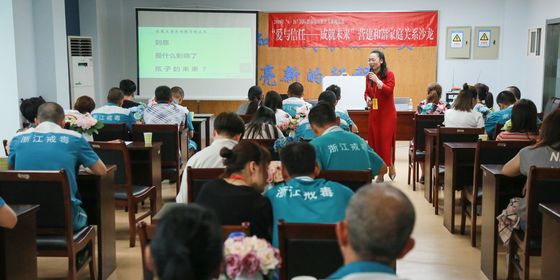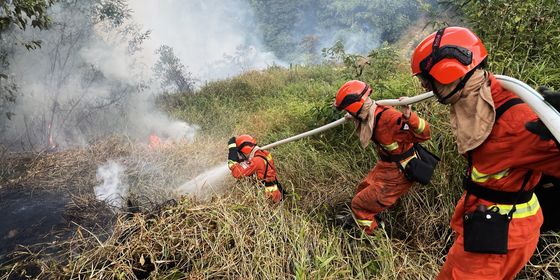A filmmaker chronicles life in one of China’s last remaining villages for patients with leprosy
You may have heard of leprosy, an infectious disease that has almost vanished in today’s society. It once afflicted countless people, leading to varying degrees of disability. Due to its infectiousness, China once constructed many villages specifically to isolate patients of leprosy.
In this segment, a documentary filmmaker shares some of these stories that are about to enter the realm of history.
My name is Chen Yanü, and I’m a documentary filmmaker. I made a documentary about China’s leprosy villages.
-1-
Entering the colony
There are several leprosy villages in Guangdong province, but I didn't know much about them. In my second year of college, I had to make a documentary for a class assignment. Our group happened to see a Weibo post about a leprosy village in Guangdong. I had to do a lot of searching before I found that its residents had once been quarantined there.
I thought, “Why don’t they leave?” and went into filming with curiosity.
My journey had a lot of twists and turns the first time I went. First an hour-long bus ride from campus, then a taxi, and then I had to walk a long distance on a dirt road. I lost my way after walking for a while, but luckily there were some people working in the fields nearby. I asked one of the men, and he said the “old lepers” were right up ahead.
It was raining, and I was a mess by the time I got there. My shoes were soaked and covered in mud. The village was surrounded by mountains on all four sides. There were two or three rows of houses, which were residences, as well as some old buildings and some vegetable gardens nearby. That was about it.
One of the most common long-term effects of leprosy is deformation of the limbs, eventually requiring amputation. In more serious cases, there may also be facial deformation. The patients might lose their eyes, or their mouths become warped; it’s horrible. My first impression was that the residents of this village were a grim bunch, quite lonely and miserable—people who had been abandoned by society.
-2-
Leprosy
Leprosy is caused by a slow-growing bacteria, and it can strike a person at any age.
At the outset, pale pink patches appear on the skin, and hands or other affected parts gradually become numb. If you pinch someone with leprosy in these areas, they feel no pain. The disease is not deadly, but it can severely disable the limbs or lead to facial deformities. Because the afflicted can infect others, and because their appearances become quite scary, people—even relatives—viewed them as monsters.
Leprosy has a long history in our country. It’s said that Confucius’ disciple Ran Geng contracted the disease toward the end of the Spring and Autumn period.
Back in the early 1950s, there was still no effective treatment or vaccine for leprosy. The only thing they could do was isolate those who fell ill.
In 1957, China announced its “National Plan for the Prevention and Cure of Leprosy,” quarantining patients in leprosy villages. Doctors went from village to village, conducting an extensive census. Later, over 600 leprosy villages were built, and over 90 percent of the affected population was quarantined.
Most of these villages were built deep in the mountains or on remote islands. They weren’t actually built to treat the afflicted, but to isolate them, preventing them from going out and infecting others. The small hospital in the mountain village I filmed had around 400 patients at its peak, but only five or six doctors and rudimentary facilities.
One man with leprosy told me that when his foot started rotting, he had to take care of himself. Since leprosy causes ulcers, and sufferers often lose feeling in their limbs, they might not even realize their flesh is rotting. Once decay sets in, they have to amputate, because otherwise an infection might become deadly [Editor’s note: In modern medical understanding, leprosy does not actually cause the flesh to rot, and amputations are usually unnecessary]. There weren’t any prosthetics available—they’d have to buy a piece of steel and make a crude prosthetic for themselves.















